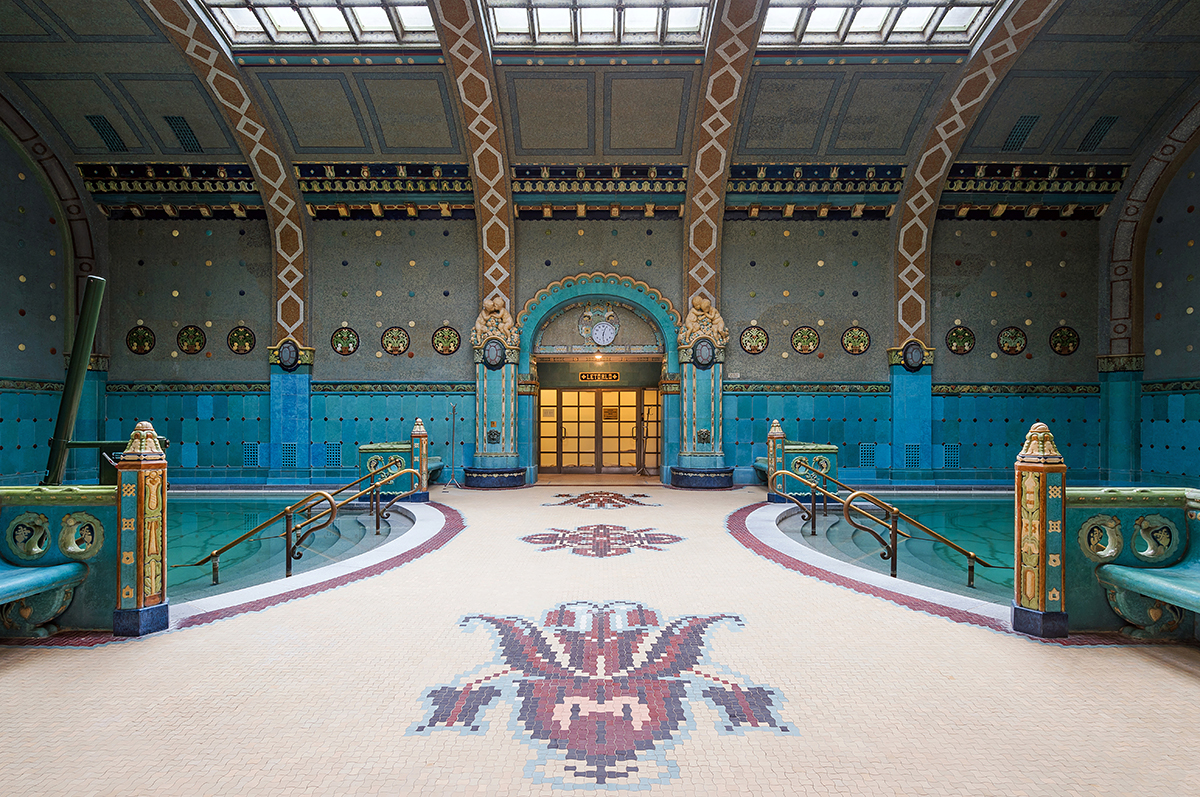Budapest is often referred to as the capital of thermal baths in Europe, since the city sits on a patchwork of hot springs, providing eight facilities with healing waters. Three of these soaking sites line up at the foot of Gellért Hill: Rác Bath, Rudas Bath, and Gellért Bath, the latter of which celebrates its 100-year anniversary in 2018. The Art Nouveau building remains one of the most popular bathing spots in the city, attracting not only locals and tourists, but also photographers with its picturesque Zsolnay porcelain tiles, majolica, and stained-glass windows.
The image of the Chain Bridge is made complete with the Gresham Palace and the Buda Castle, while Elizabeth Bridge embraces the Downtown Parish Church and the St. Gellért Monument, and Liberty Bridge is often connected with the Great Market Hall and the Gellért Hotel and Bath. All of these places have been portrayed on postcards for decades – and judging by their hashtags on various online platforms, their popularity never seems to wane. Back in the 13th century, a bath was already established in the location of today’s Gellért building complex, which was called Aga Bath during the Ottoman Empire, and sometime later it was called Szüzek-fürdője (meaning “Virgins’ Baths”, after a story of a monk who lived in one of the caves of Gellért Hill and gave life advice to young women, particularly of a sexual nature), followed by the name Sárosfürdő (“Muddy Bath”) due to its “healing” mineral mud settling at the bottom of pools.
It was a simple recreational facility accessible to the public, and according to written and visual records from the early 1800s, there were some modest accommodations available here, too.
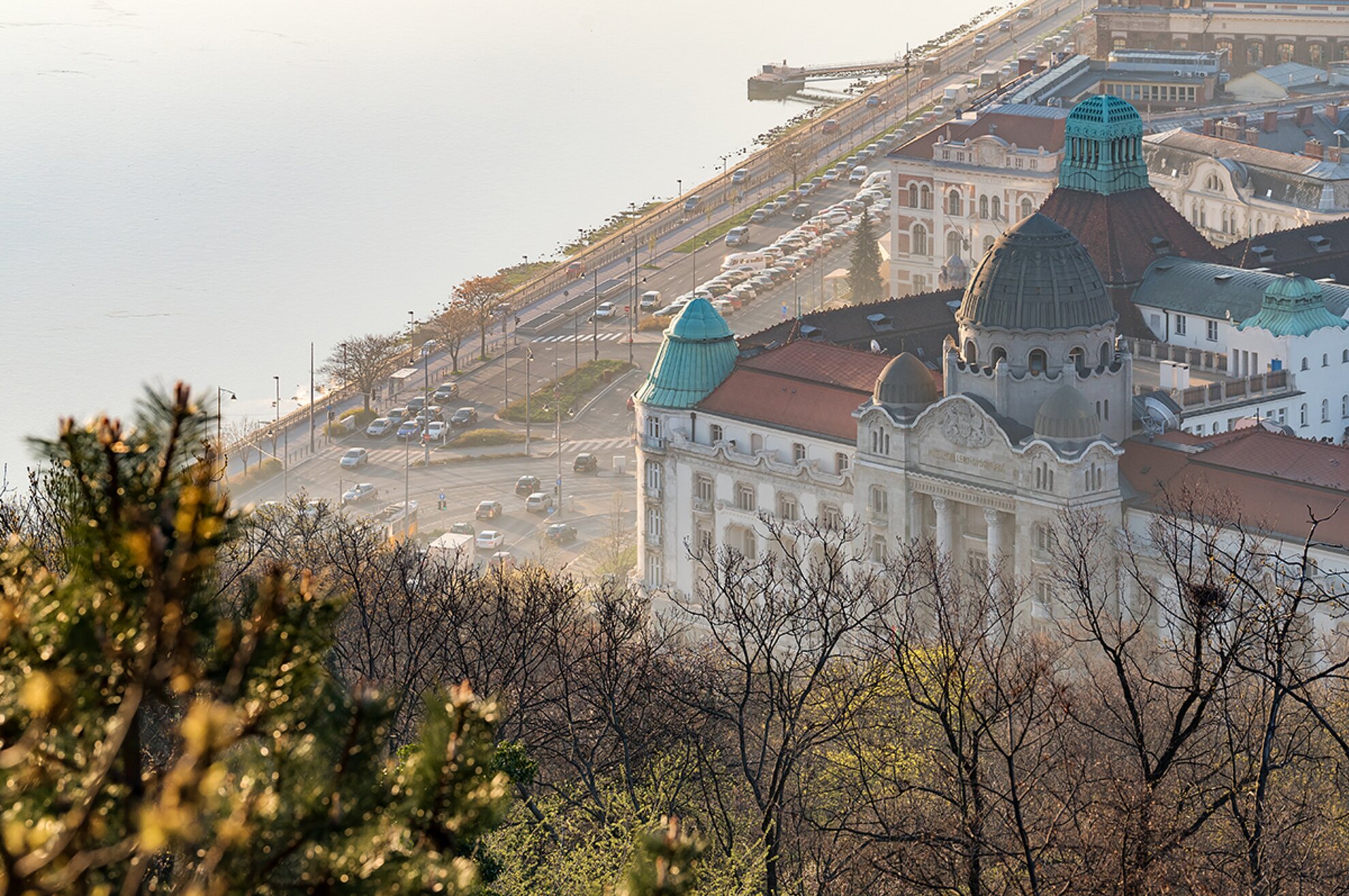

In 1894, the metropolitan property was demolished to accommodate the construction of the Liberty Bridge (then called Ferenc József Bridge), and a tender was issued for plans of a more sophisticated combination of hotel and bath here. By 1909, two plans were chosen and ultimately combined: one from Ármin Hegedűs and Artúr Sebestyén, and one from Izidor Sterk. Due to financial difficulties, and then World War I, the construction works of the Gellért Hotel and Bath took nearly ten years to complete. In 1918, the hotel and bath opened as one establishment (today they operate separately), becoming an important monument not only of Hungary but of the world’s Art Nouveau heritage, as well.


The rich details of the architectural trend appear in every little corner of the bath. The main entrance from Kelenhegyi Street and the lobby already provide guests with a thrilling sight to delight in – whether they are visiting for the first or the umpteenth time. The ten stained-glass windows of the hall were made by the belle-époque era’s Hungarian glass master Miksa Róth, and presents the story of Buda halála (“Buda’s Death”) by the famous Hungarian poet János Arany. At the end of the foyer, a Venus sculpture stretches on top of a small fountain. We recommend visiting the building when it’s bright outside, as the sunbeams shining through the windows paint the entire hall with playful colors.
It’s best to diverge from the eye level and look both at the roof structure and the ground, as the ornamentation is beautiful and rich in details in both directions. Quirky details include the craftsman’s phone number hiding among the small tiles.

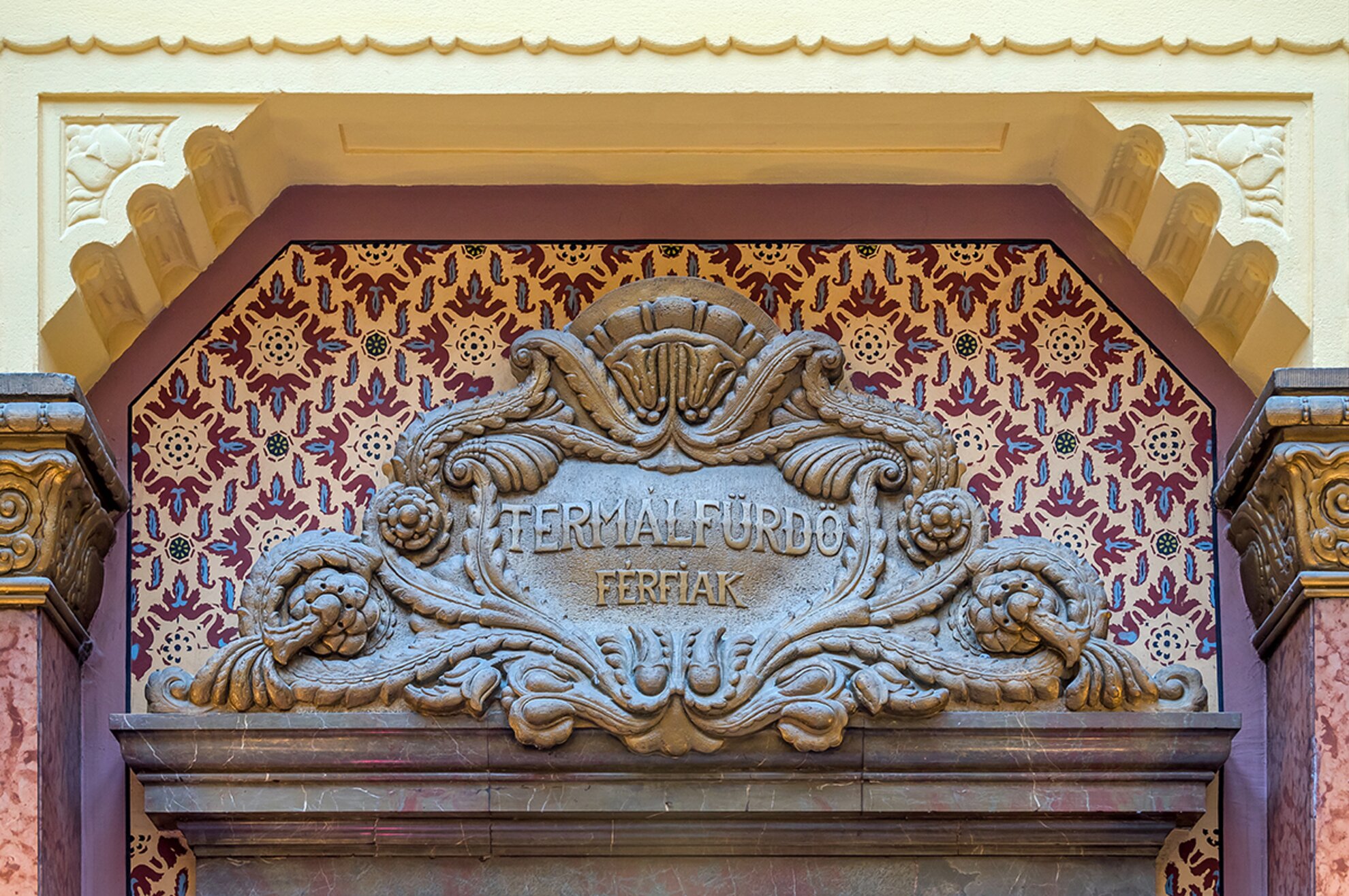

Stepping into the bath’s swimming pool, we can see a retractable glass roof over the pool, as well as a gallery from where we can observe the swimmers.


We can approach the outdoor pools from here as well, although we recommend dwelling in the formerly women’s- and men’s-only thermal baths that became completely coed in 2013 – only some old signs bear witness to their past. The rooms, covered in Zsolnay porcelain tiles, bear a fairy-tale atmosphere. The sculptures of Miklós Ligeti fit the turquoise walls beautifully: the Kisfiú teknőccel (“Young boy with turtles”) and the Csókolózó gyermekek (“Kissing children”). Recently, the thermal baths served as a venue for two internationally important film and photography shoots: Gucci shot a dreamy eyewear promo video here, and one of the most popular Hollywood actors of our times – Ryan Gosling – also stood on the detailed porcelain tiles as part of a photo shoot for GQ Magazine, during which he later took a dip while fully clothed in a dapper Ralph Lauren suit.




Leaving the indoor areas, we arrive at a 50-square-meter wave pool, which has been entertaining guests who splashed about in the thermal water here since 1927, when it was built as the first such pool in the world – it even appeared in a Metro-Goldwyn-Mayer documentary about Budapest in 1938, as one of the main tourist attractions. One “floor” up, we can find the adventure pools and hot tubs of the modern age, surrounded by sun beds.

At its opening nearly 100 years ago, Gellért Bath was synonymous with luxury – for those wishing to heal and relax, spending time here was a prestigious activity. Thanks to the continuous renovations, the building is becoming more and more modern, but there’s still room for upgrades. The much smaller but similarly popular and modernized Rudas Bath serves as a good example for future developments.
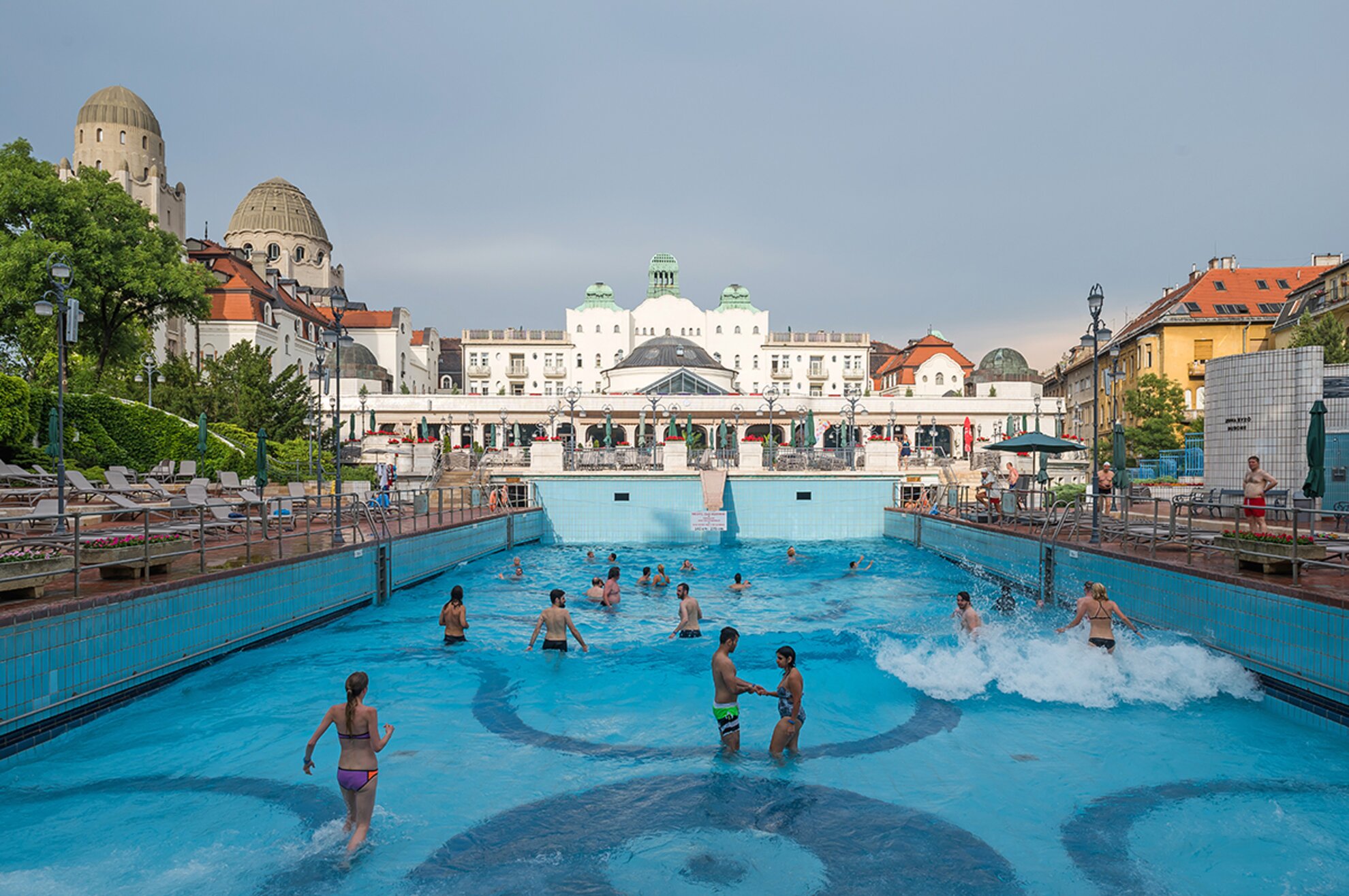
The bath has possessed a progressive spirit for generations, confirmed by an urban legend from its most popular period, when the management made a rather important gesture. When a tall, dark-skinned young man descended into the same outdoor pool as some English nobility, the Brits didn’t mask their displeasure for a minute: they left the waters and turned to the management to complain. However, the management told them that Gellért Bath is open for everyone, regardless of skin color. Decades later, this certain gentleman’s wife visited Budapest and the bath to thank them for standing up for him, and for showing a good example.
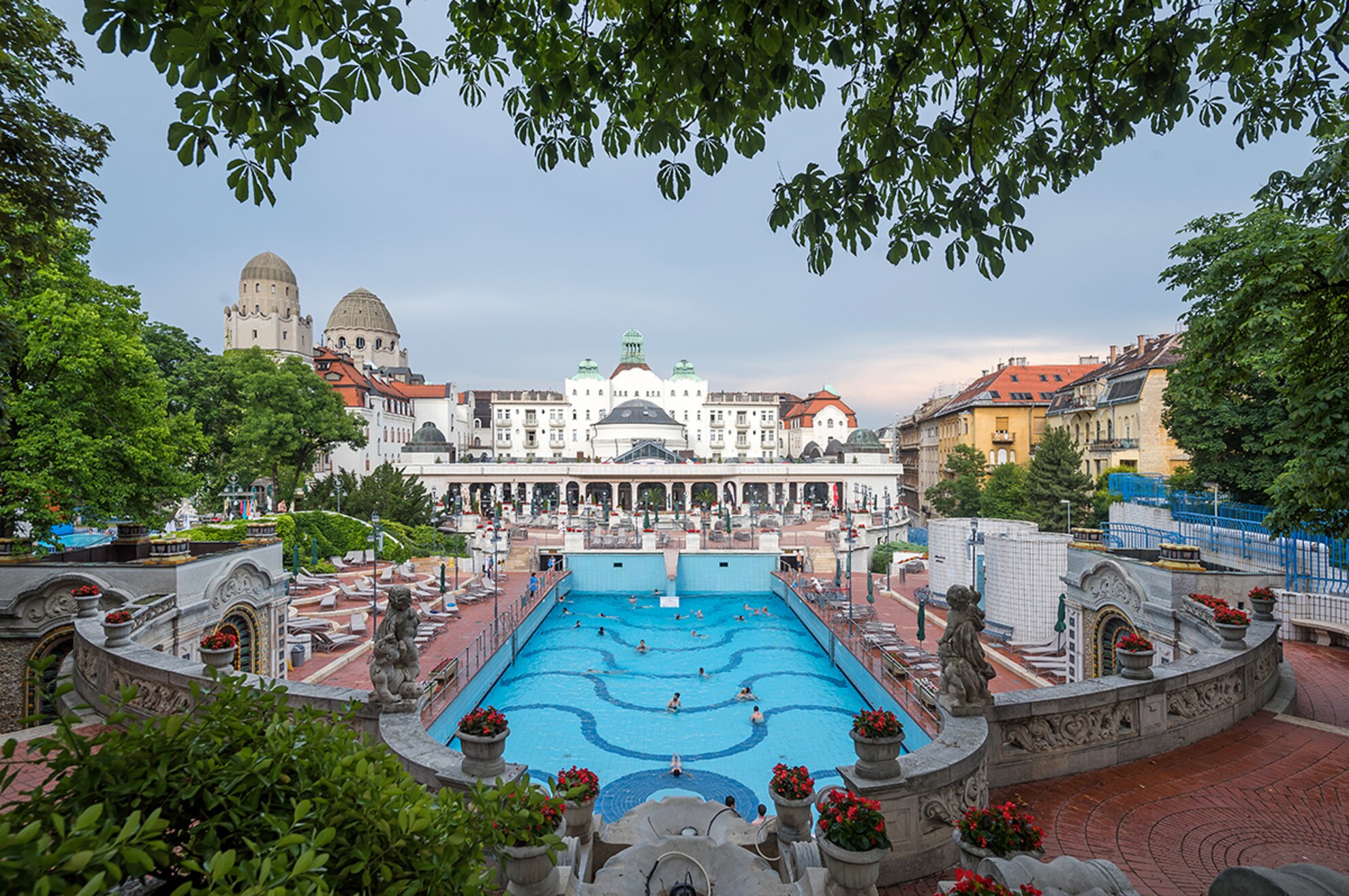
This article is sponsored by the Bp2017 Nonprofit Kft.
